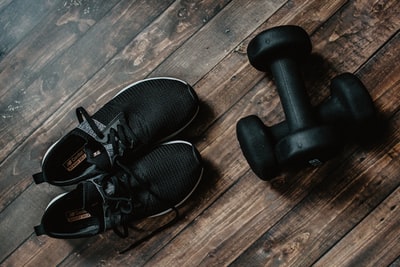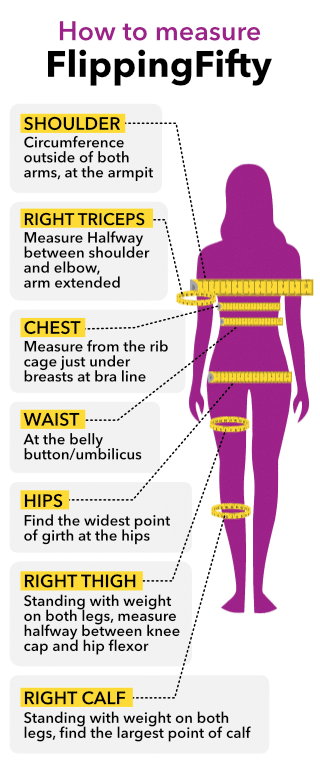Strength Training for Hormone Balance
Should you do 1, 2, or 3 sets of strength training for hormone balance? Research about strength training for women in menopause has answered that in a recent study. This study adds to mounting evidence of the best methods to support hormone balance and optimal aging.
In a true Bruce Springsteen description, strength training is muscle-making, fat-baking, figure-shaping, torso-trimming, mood-boosting, happiness-hacking, exercise.
I hope you live in a world where there’s no debate whether or not you should be strength training. The question is how do you do it best so there’s no injury all rewards?
So, just in case you want to know how that muscle loss shows up I’ve got the details. It’s not good. Your metabolism slows by about 5% every decade because of that muscle mass. Now, let’s say you also gain fat while you’re losing muscle, that’s not just a slower metabolism. It’s more risk for disease, more lethargy.
The Damage Muscle Loss Does
On the flip side, muscle is metabolically active. Some studies say it requires 35 calories to maintain a pound of muscle and 2 to maintain a pound of fat. (Yet, most of us will eat the same no matter what our weight). See the problem? That 33 calories per pound of muscle difference every day all year can help you with what should never have been accepted as “middle-age weight gain.”
It’s actually only middle-age inactivity, or middle-age inappropriate activity. You can aerobicize your way of this or randomly lift weights at the end of your fitness class. You can’t for that matter strength train on the whim of a fitness instructor’s decision the day you drop into a class. You need a strength training plan.
The best strength training plan would have been a progressive strength training plan begun in your 30s and 40s to prevent losses. (Muscle loss begins at 30 if you’re not lifting). Next best? Start now. You’re reading this. Did you lift today? or yesterday? Got two workouts on your calendar?
How Much Loss?
You lose (unless you’re lifting and eating correctly) 5-8 pounds of muscle mass every decade. If you eat too few calories and/or protein? You could lose muscle faster.
The percent of muscle mass you have can change by gaining fat too. So if you’re indulging in 2-3 glasses of wine, high carbs, and otherwise consuming sweets (it’s all sugar) regularly? As fat weight goes up, muscle mass declines even if you aren’t losing it.
It’s time to up your game.
What if you were to follow a simple weight training routine of 8 exercises 10-15 repetitions for 12 weeks?
The Study
A recent study adds to a growing research pool suggesting more sets within a strength training session is best if you’re flipping 50. The study on older women compared 1 vs. 3 strength-training sets effect on change in body composition.
The loss of body fat for the one set group was 2.4 compared to 6.1% loss of body fat in the 3 set group.
Loss of trunk fat only occurred in the 3 set group. That was a significant 6.8% loss in 12 weeks.
Ready to lift? Before you pick up your dumbbells, there’s even more good news.
Other health biomarkers were also positively affected in the 3-set group:
- better triglyceride levels
- decrease of very LDL (“bad” cholesterol)
- increase in HDL (“good” cholesterol)
- decrease in CRP (inflammation marker)
Strength Training for Hormone Balance Studies
Many studies are showing less is more when it comes to exercise, and my After 50 Fitness Formula featured in You Still Got It, Girl! supports that. However, it’s less frequent, less duration exercise of adequate intensity. Intensity with strength training comes through safe progression, and reaching muscular fatigue.
That’s not to be confused with simply fatigued, or tired.
If you’ve gone through an hour class jumping, battle roping, punching, doing burpees… you may be tired. But if each set of those 8-10 major muscle groups did not reach fatigue at the end of each set? You missed the metabolism-boosting fat loss mark. Bruce would be disappointed. Strength training for hormone balance includes optimizing cholesterol, fat, inflammation, and muscle.
Key flip:
Flipping 50 exercisers who want to make a difference? It’s done by reaching fatigue in every set. If muscles aren’t brought to temporary fatigue they will not respond optimally for body composition or strength gains.
Resources:
https://www.researchgate.net/publication/273705680_Resistance_training_in_older_women_comparison_of_single_vs_multiple_sets_on_muscle_strength_and_body_composition
https://journals.lww.com/nsca-jscr/Abstract/publishahead/Comparision_of_Low_and_High_Volume_of_Resistance.94769.aspx
https://www.minervamedica.it/index2.t?show=R40Y2018N01A0082
You might also like:
If you’re looking for a program designed for women in menopause, for hormone balance (and inclusive of your joint needs and back-of-the-closet wants) Flipping 50 STRONGER was designed for women Flipping 50. We open the doors a few times a year.
Register at flippingfifty.com/getstronger






